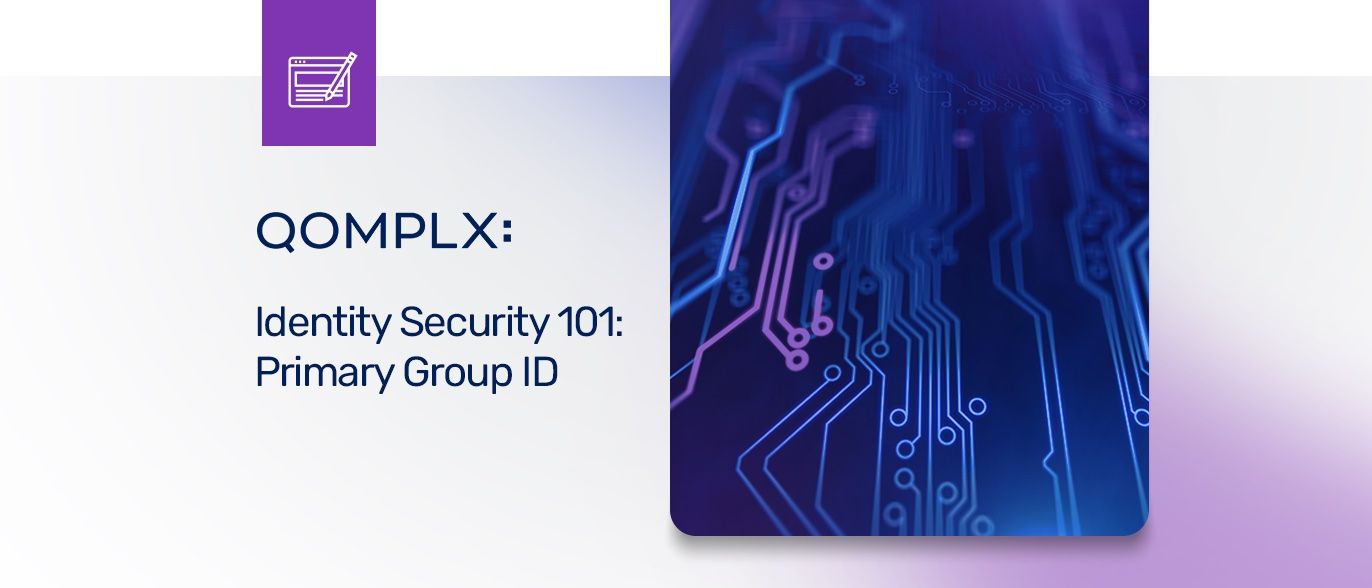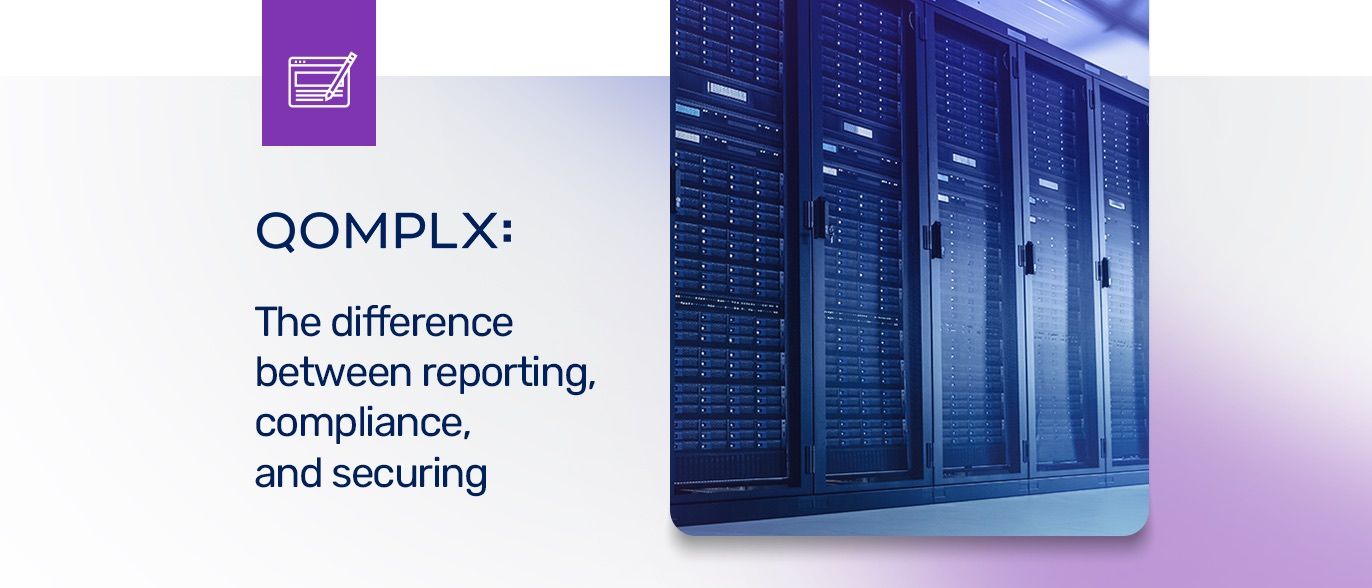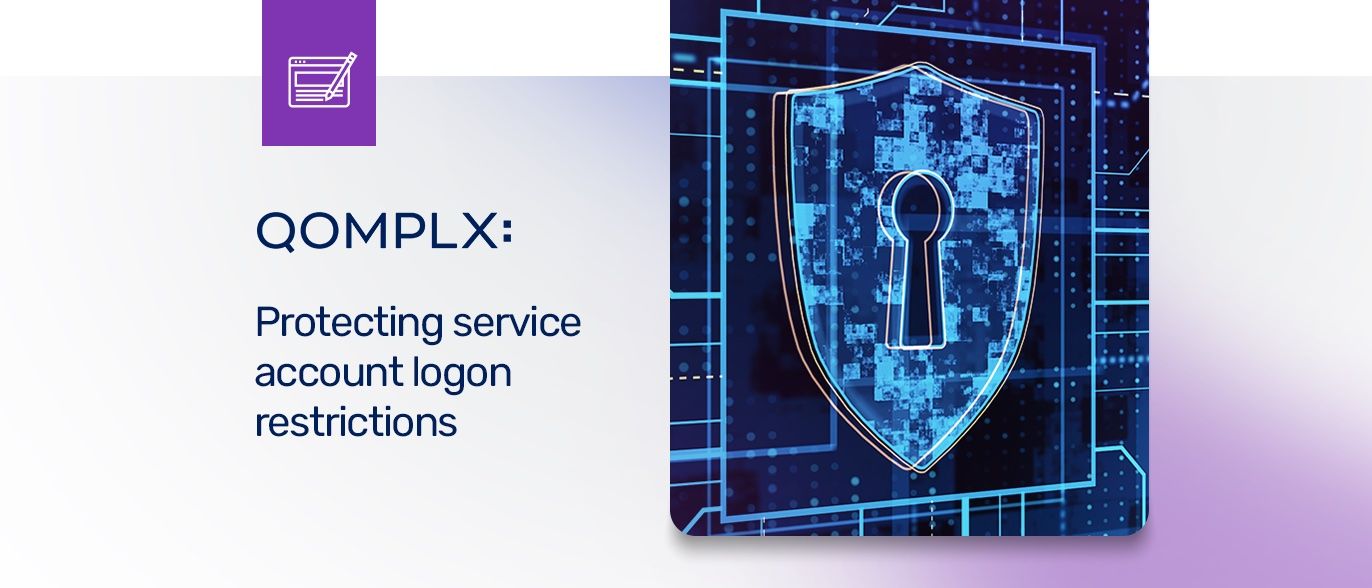Primary Group ID attacks are a type of cyber attack that target a vulnerability in the way that operating systems handle group membership. The goal of the attack is to escalate privileges and gain unauthorized access to sensitive information. This type of attack is becoming increasingly popular among cyber criminals as it can allow them to bypass traditional security measures and gain access to sensitive information.
Primary Group ID attack basics
A primary group ID attack works by exploiting the way that the operating system handles group membership. When a user is added to a group, the operating system assigns a Primary Group ID to the user. This primary Group ID is used to determine the user's permissions and access to resources in other environments. In a Primary Group ID attack, the attacker will modify the Primary Group ID of a user account to give the user elevated privileges. These privileges allow the attacker to access any resource or environment with more privileges than they had before.
By default all Active Directory users have a PrimaryGroupID of 513, which is associated with the Domain Users group. However, if the user needed to be seen as a Domain Admins for POSIX, the PrimaryGroupID needed to be 512, the RID for that group. The Enterprise Admins group, 519, is also used to grant this level in POSIX.
Reduce PGID attacks
Implement Least Privilege: The principle of least privilege states that users should only have the minimum level of access necessary to perform their job. This helps to reduce the risk of a successful attack by limiting the attacker's ability to escalate privileges.
- Use delegation and group based permissions: Delegation for users is set at the ACL level, instead of with the PGID. Group based permissions is method of controlling access to resources based on the group membership of users within an organization. This can help to prevent unauthorized access to sensitive information by limiting the privileges of individual users.
- Regularly monitor PGID configurations: Regularly auditing user accounts can help to identify any changes to group membership or primary group IDs that may indicate a potential attack.
Conclusion
In conclusion, primary group ID attacks are a growing threat to cybersecurity and it is important to take steps to protect yourself and your organization. By implementing least privilege, using role-based access control, regularly auditing user accounts, and staying up-to-date with cybersecurity best practices, you can reduce the risk of a successful attack.





